Home Page | Order Form | How To Use Bracelets | Who Should Use Bracelets | Features and Testimonials | History | Links and Resources | Statistics | Donations | Contact
PRINT THIS PAGE TO USE AS A REFERENCE GUIDE
Click on each bracelet for complete instructions on how to use that style of bracelet.
All Bracelets say: I need help.® on the reverse side of the icons/words.
Bracelets with icon photos or words (Some bracelets are double stacked to show all icon photos) |
|||
|
|
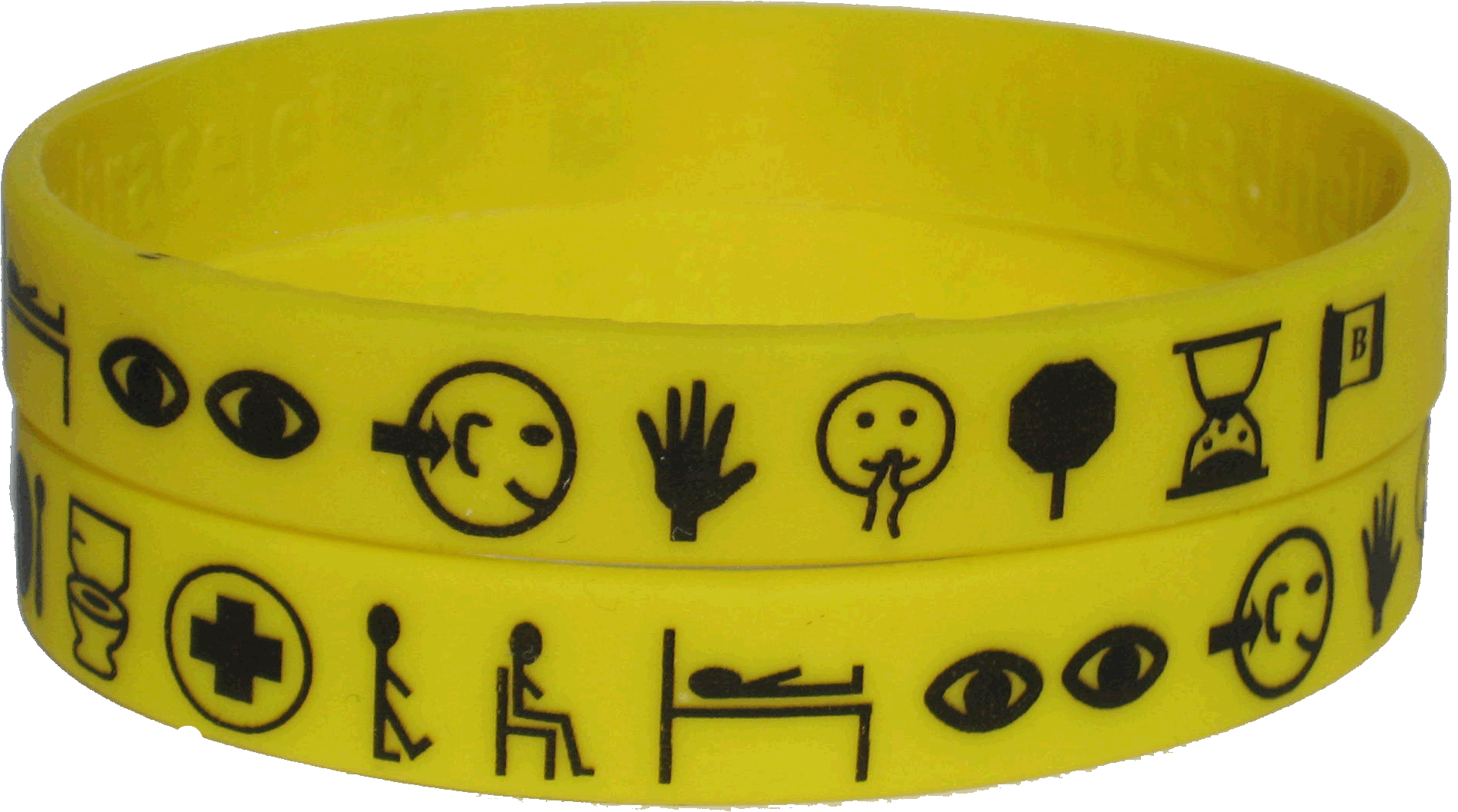 |
|
Extra Wide Needs Bracelet |
|||
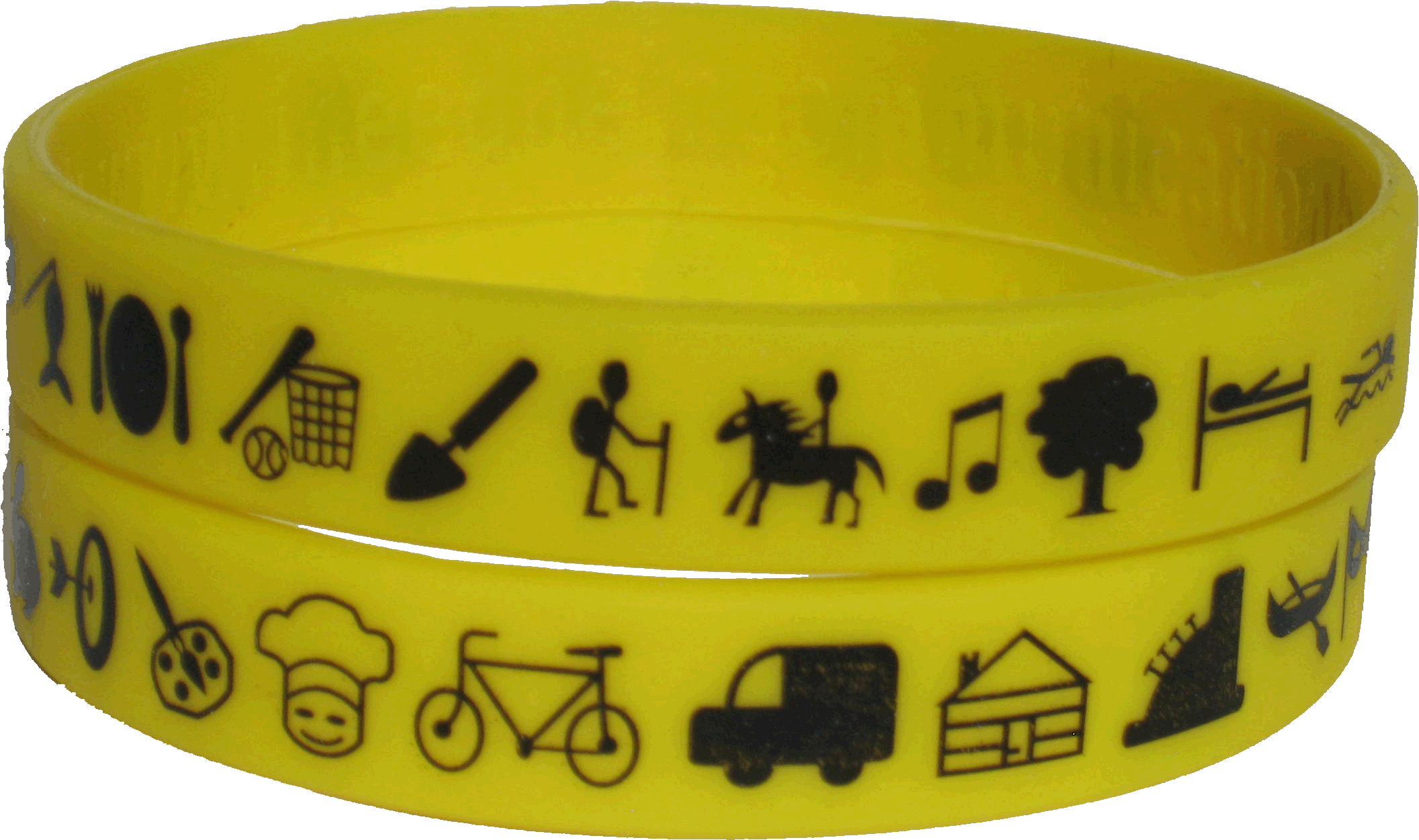 |
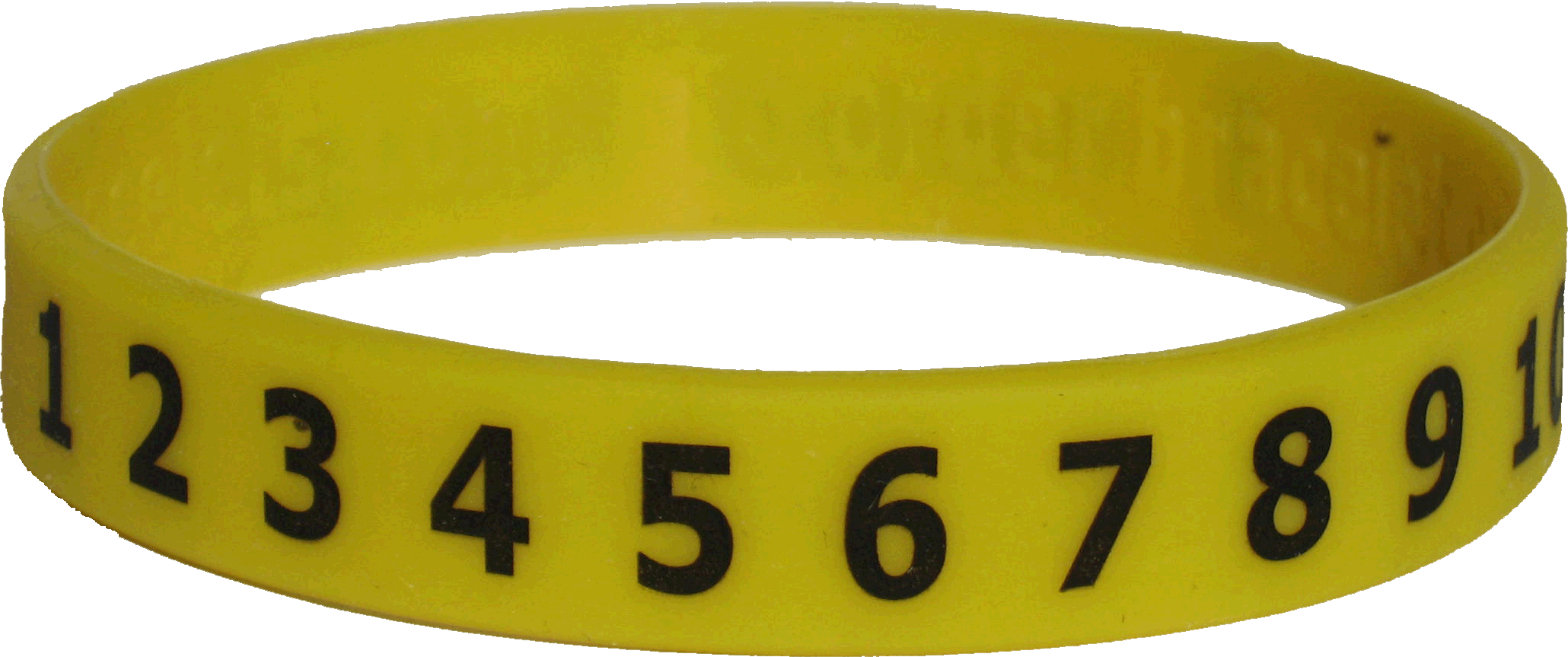 |
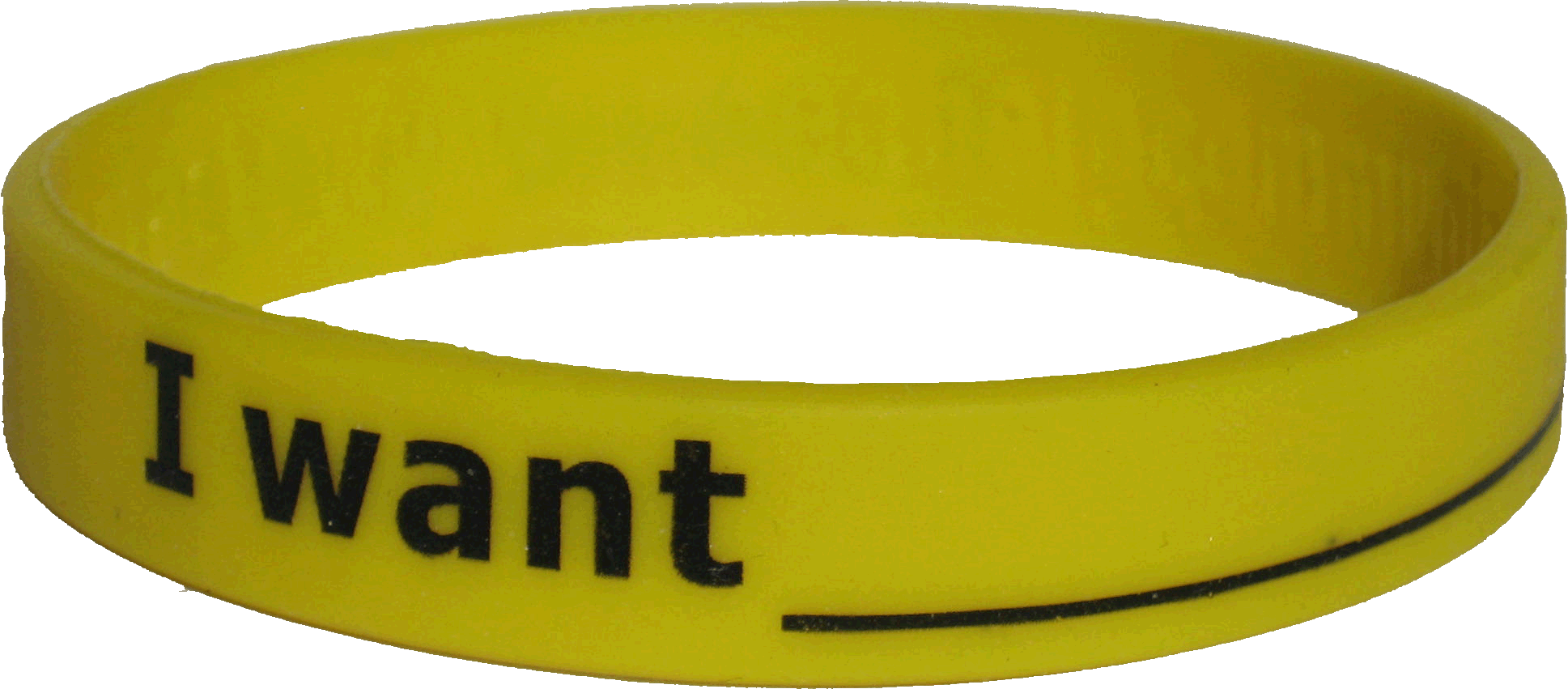 |
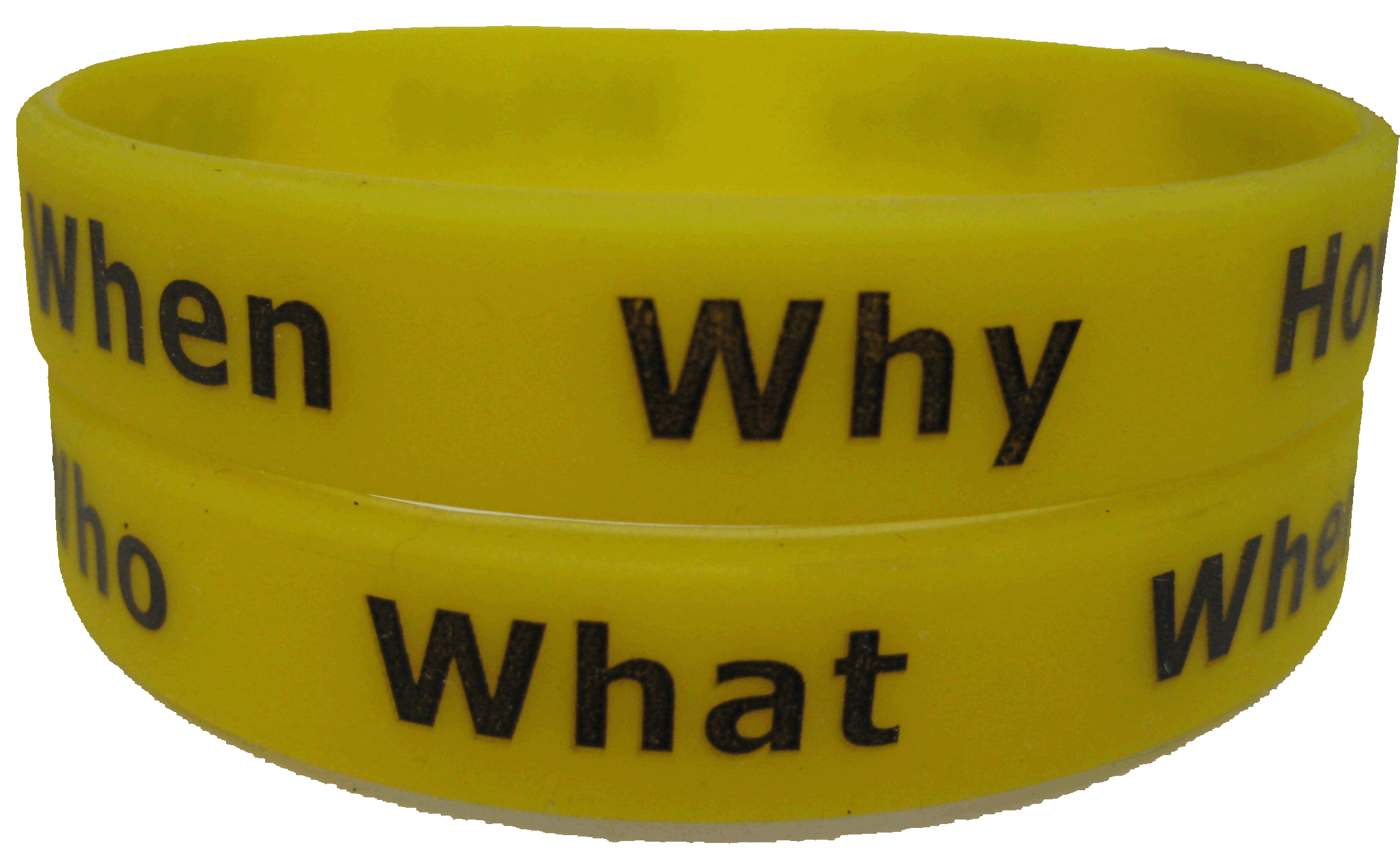 |
Medical Alert Bracelets |
|||
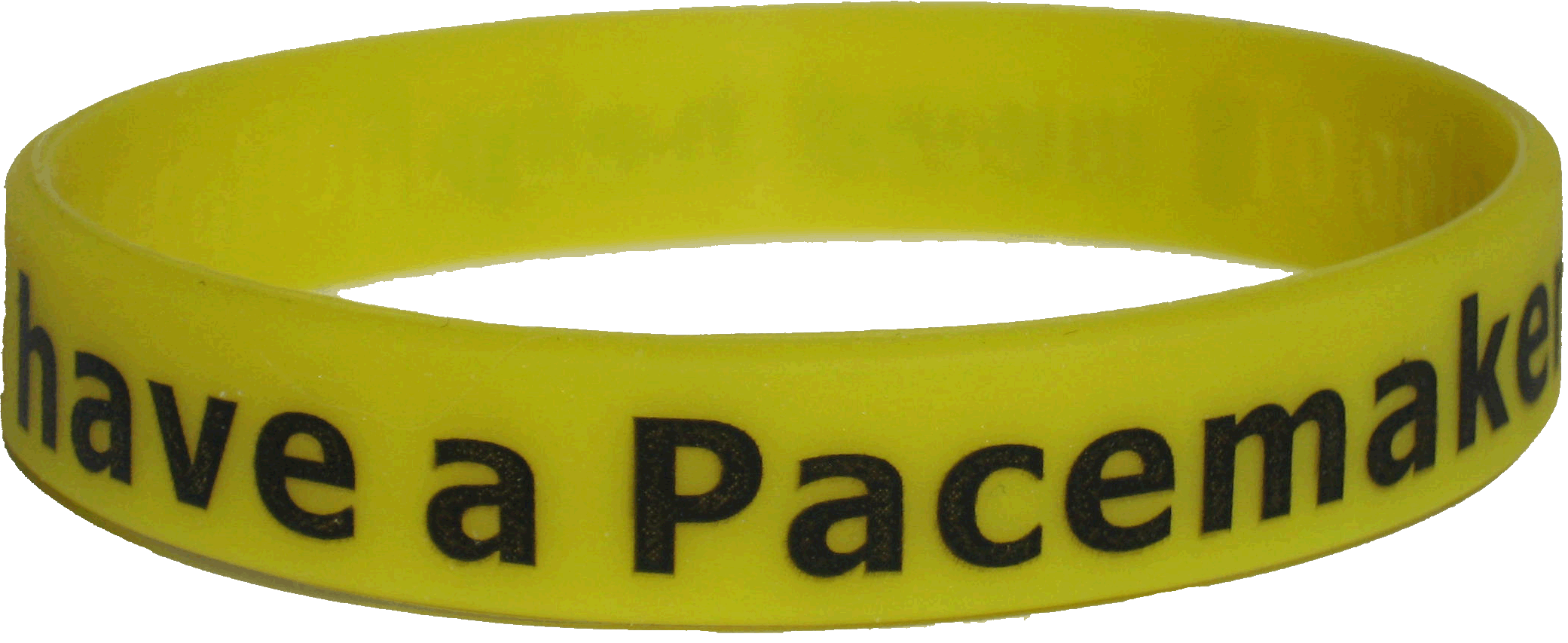 |
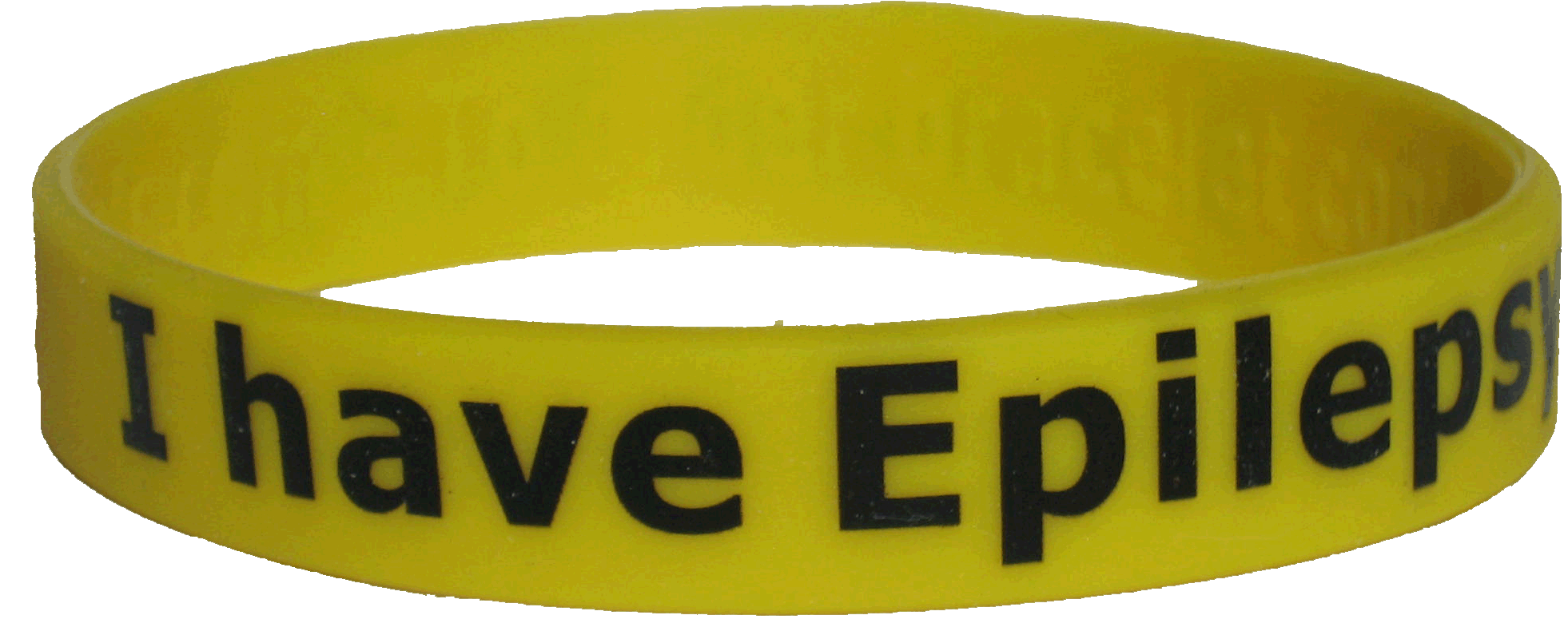 |
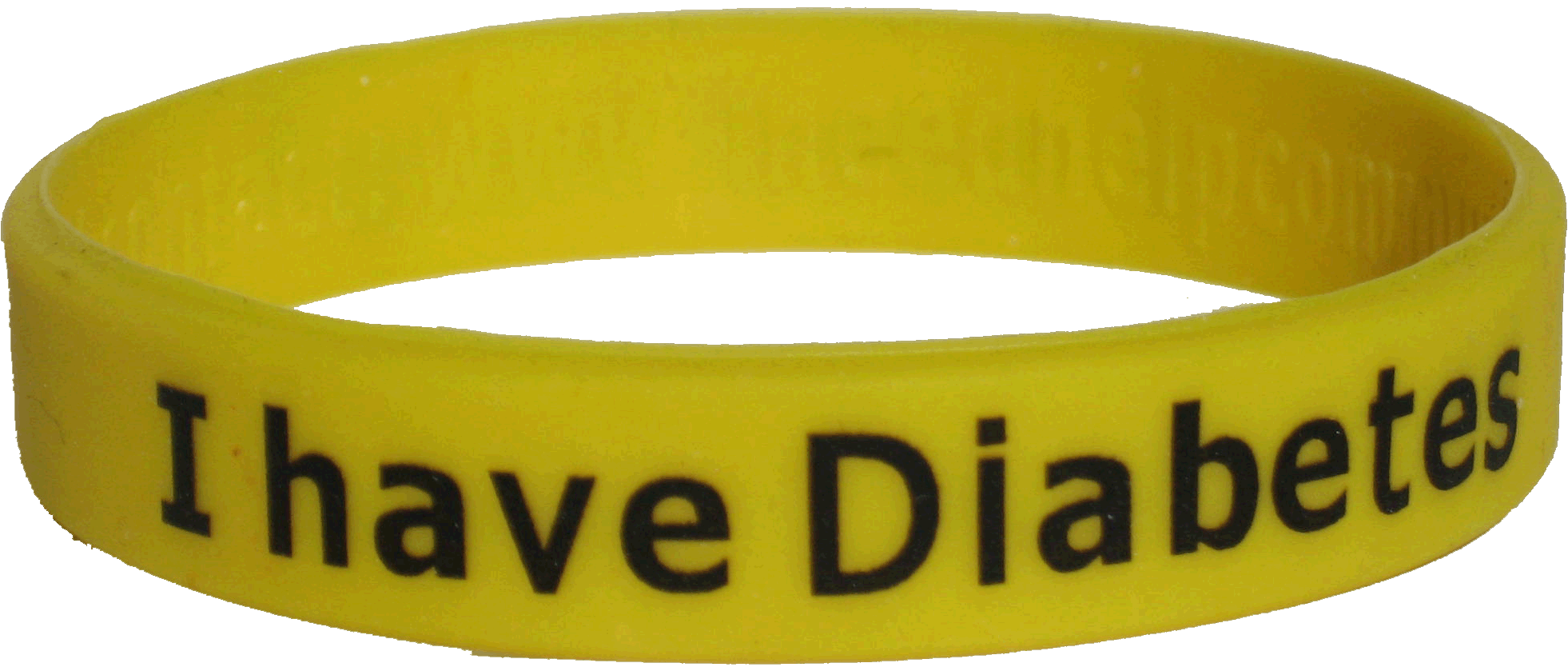 |
|
I have a Pacemaker |
|||
Medical Alert Bracelets |
Diet Restriction Bracelets |
||
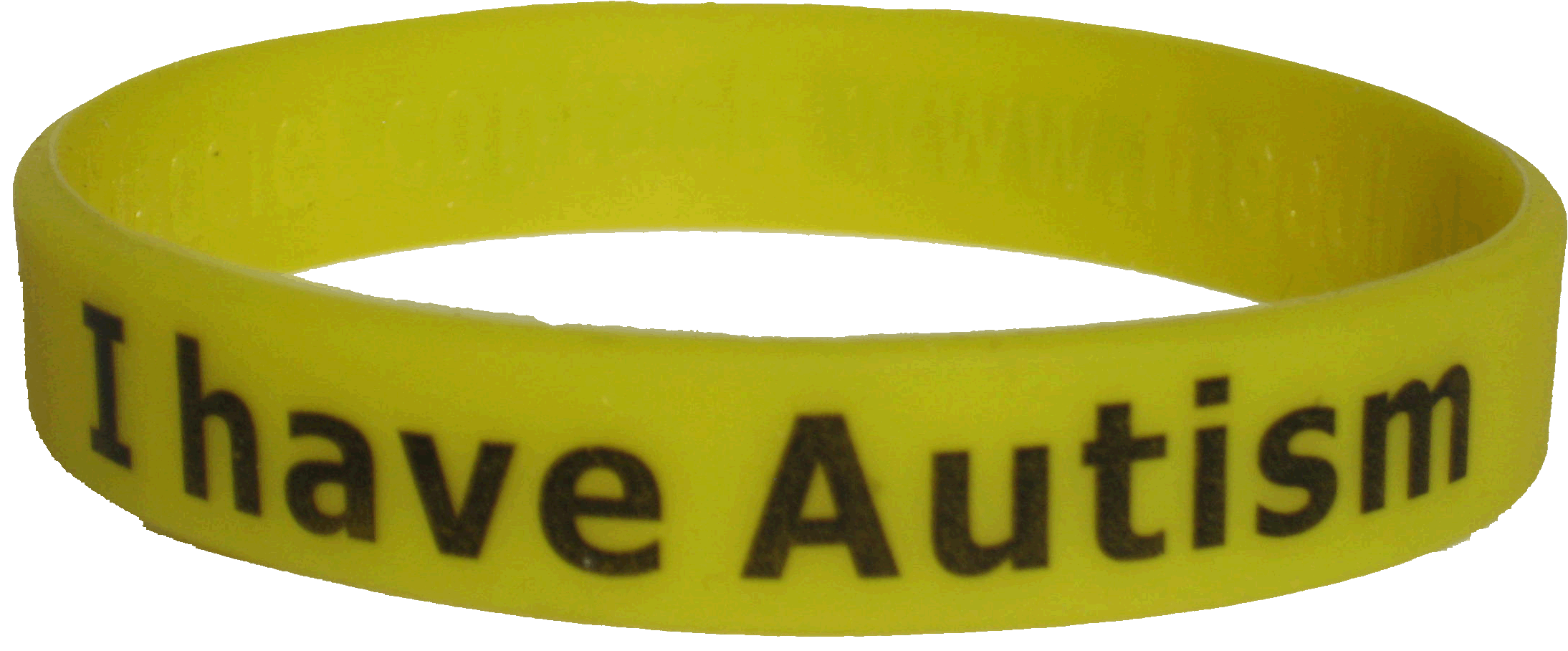 |
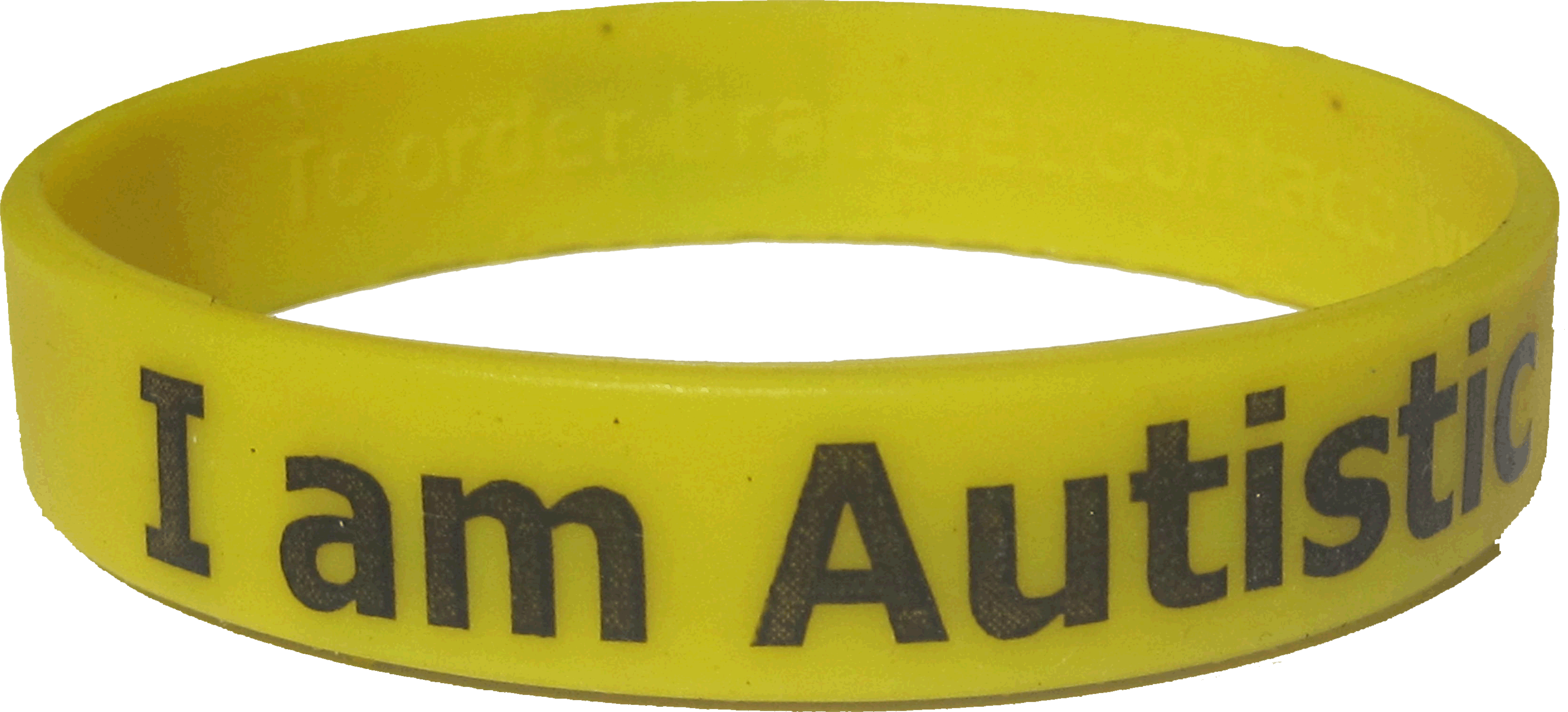 |
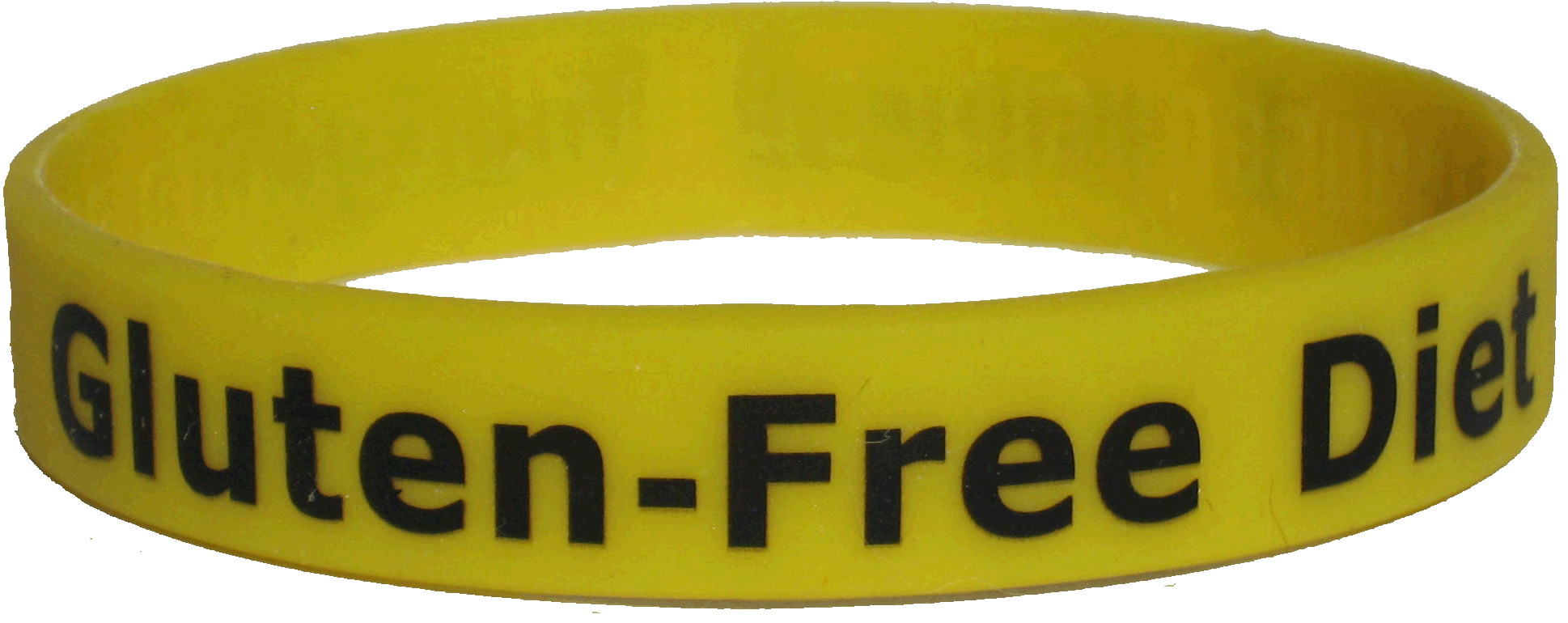 |
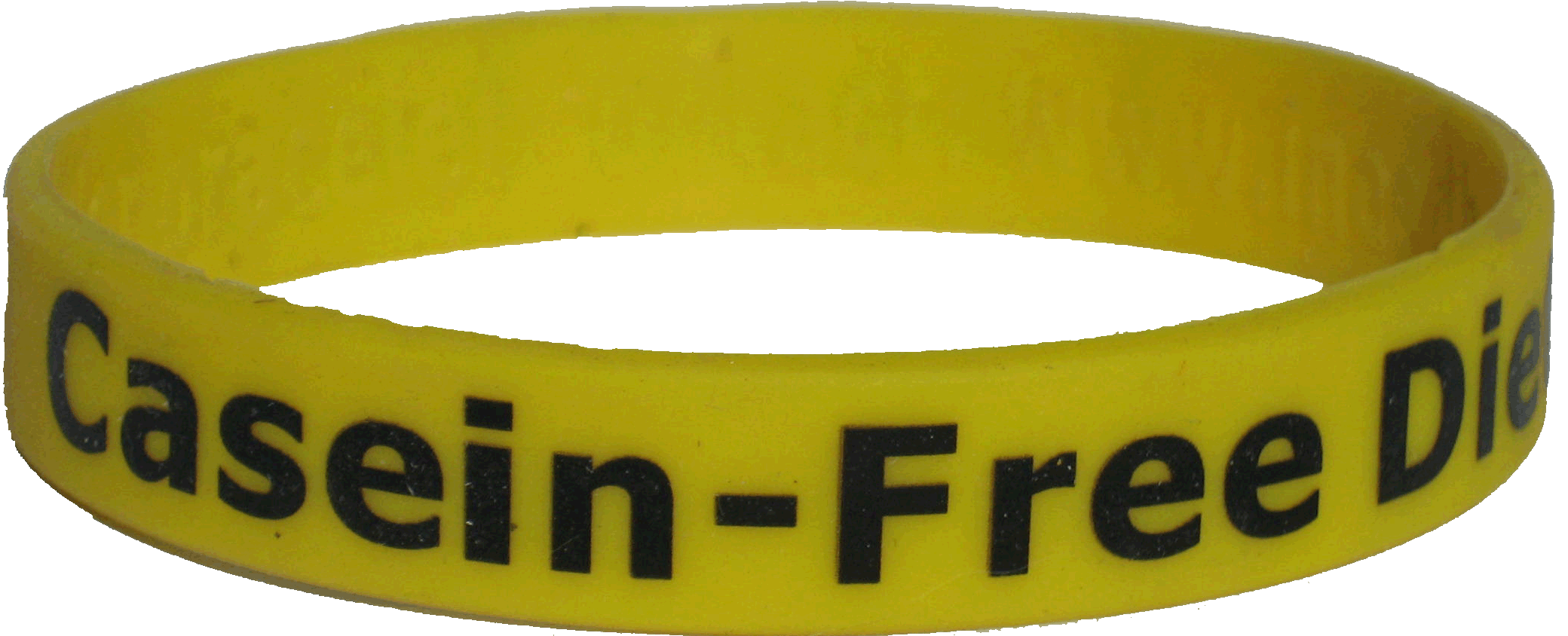 |
2. Non-verbal people can point to their own bracelet;
6. The inside of the bracelet has embossing. For sensory needs, some people use the bracelet llike a "fidget" to rub and calm themselves when they are anxious or expected to sit still. Bracelets are 100% silicone, non-toxic and lead free .
7. Some students prefer not to wear jewelry therefore the bracelet may be placed on the student’s desk.
10) The pictures and words on the bracelets are a communication tool. This allows people to remember to check their feelings, schedules, needs, wants and ask for help.
12. Two ways to suggest “A Change” when using the School Schedule Bracelet. 1) i.e.: Point to the music note icon and say, “After music.” Next, point to the question icon and say,
Examples on how to use the Number Bracelet: Education Field: 1A) Ask the student: I need you to do this 5 times for me (Repetition). Point to the number 1 and proceed to the next number as the student advances to completion of 5. (This is a visual/cue reminder of how many times you are requesting the student to perform a task.) 1B) Use the bracelet as a count down. For example, I need you to do 3 jobs – 1 empty trash, 2 dust, 3 sweep. Use the bracelet as a reminder to the 3 jobs. 2A) Use the numbers to learn math: For example point to 4 and say, “4 plus”, next point to 6 and say “6 =?” The student will respond with the answer. In this example you could point and say, “Yes, the answer is 10.” 2B) Use the bracelet to do touch math. 3) Use the number bracelet as a visual to learn to count. 4) To calm down, ask the patient to look at there bracelet and count to ten. Next, ask the student to take a deep breath and continue. 5) The numbers 1 -10 are the common numbers on a keyboard, phone, calculator, etc. Use the number bracelet when teaching number placement on these devices. Health Care Industry: 1) On the pain scale, ask the patient what number they are feeling. The patient can point to there pain level. 2) To calm down, ask the patient to look at there bracelet and count to ten. Next, ask the patient to take a deep breath and continue.
All artwork belongs to Satina - (I need help.® bracelets.) Art work may not be copied or reproduced in any format. |